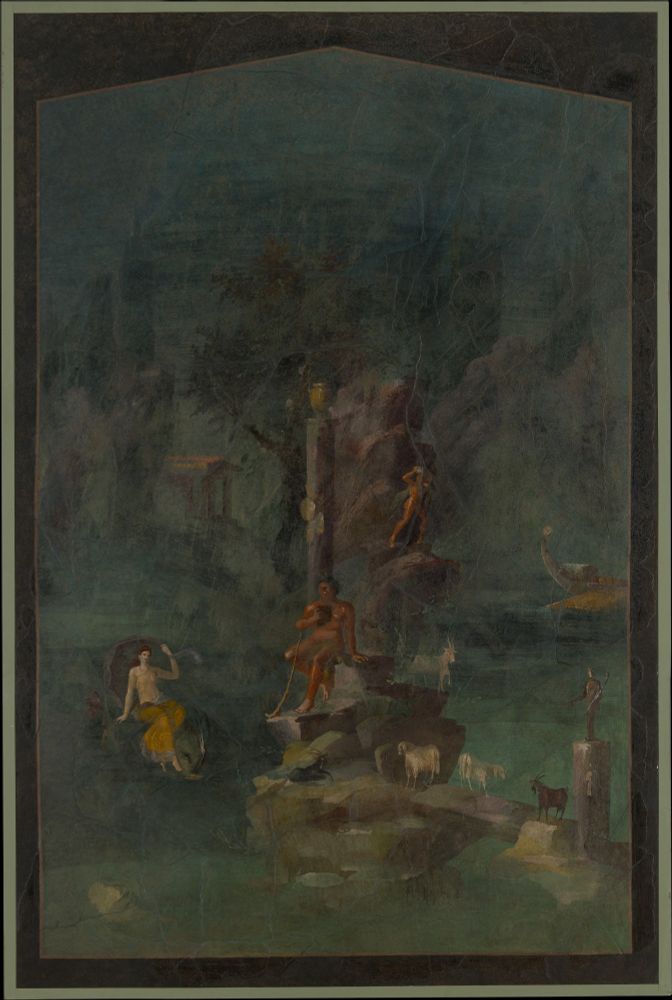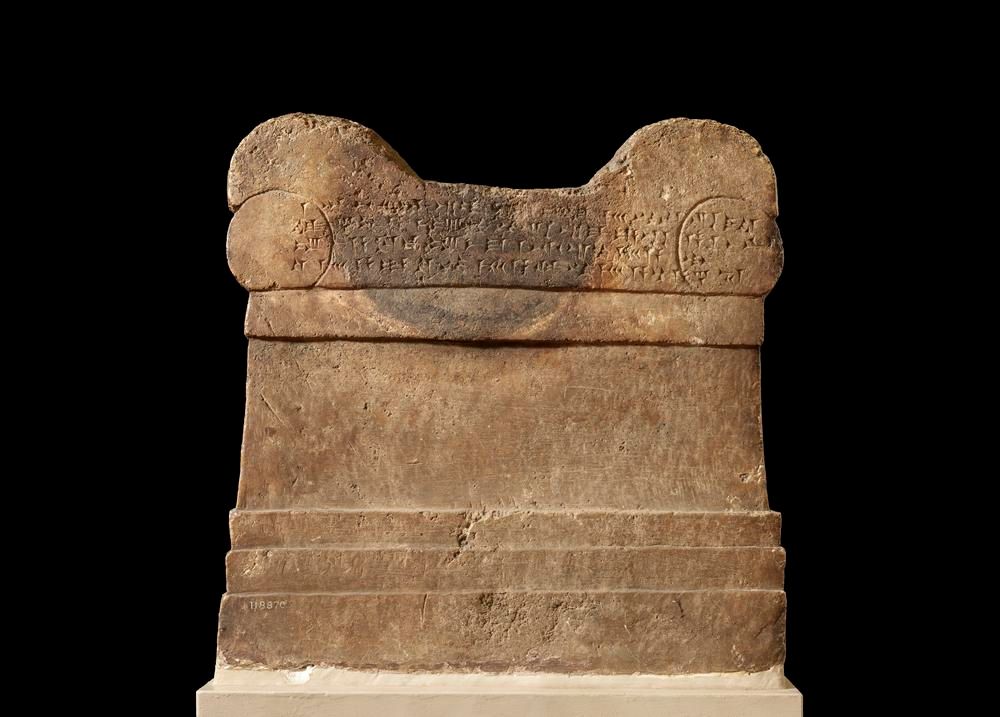Hannah Okon
@han-okon.bsky.social
160 followers
270 following
140 posts
MA Museum Studies student. Swiftie and Houseplant Lover. Museum enthusiast.
Usually more detail is posted in the alt text.
Linkedin: https://shorturl.at/pua5D
Posts
Media
Videos
Starter Packs

















![Dimensions: L. 90.2 cm (35 1/2 in.). The lintel is broken on both ends, exhibiting only part of the first title and missing the tomb owner's name.
Translation:
[jm.j-r'-zXA.ww]-a-nswt mDH-mHy.t* jm.j pr-HD pr-aHA.w, jm.j-r' jz-Hkr.w-nswt, Hr.j-zStA-pr-aA, smr-wa.tj, Hm-nTr-Hr.wj-jm.tj-zmy.t [mr.y]
Overseer of the royal document-scribes, Carpenter of the (cult image) of Mehit*, Overseer of the treasury and of the armory, Overseer of the chamber of the king's ornaments, Privy to the secrets of the Palace, Sole companion, Priest of the two Horuses who are in the desert**, Mery.
Notes on Met Website (Niv Allon 2016):
* mDH.w-mHy.t - The reading of this title is not entirely certain. The goddess Mehit already appears on early dynastic seals as a recumbant lionness with three poles extending from her back, see Godron, Gérard 1951. Deux notes d'épigraphie thinite. Revue d'égyptologie 8, 91-98.
**The dual divinity appearing in the final title of Mery is not attested elswhere. They might relate to the twin divinities of the Coptite nome or to the Northern and Southern Horus.](https://cdn.bsky.app/img/feed_thumbnail/plain/did:plc:qf22fh2anlryjjtfn6nkr5bi/bafkreia2qmcgs5r7iiaugavxmpmy5rn2ibdh45weuu7m2psm5bkxunx5am@jpeg)




















![A Palmyrene relief, limestone votive stela. The Palmyrene god Shadrafa is central, bearded with curly hair. He is holding a lance entwined by a snake in his left hand and a round shield in his right. A sword can be seen at his back. He is in Roman military costume. A scorpion can be seen in the back on the right side. The image is enclosed in a framed edge, which has been broken horizontally and remade with cement. Underneath the image is a craved inscription.
Inscription translation: In the month Iyar [May] in the year 366 [AD 55] this stela was erected by Atenatan, son of Zabd'ateh, descendant of Toshabeb, to Shadrafa, the good god, in order that he may become patron in his sanctuary for him and the members of his house, all of them.
Dimensions: Height: 47.30 centimetres; Width: 33 centimetres; Depth: 13.50 centimetres](https://cdn.bsky.app/img/feed_thumbnail/plain/did:plc:qf22fh2anlryjjtfn6nkr5bi/bafkreibhgdjr5xnywgfps2o2andf435fan6toikzku47yb4orylrho7vjm@jpeg)





